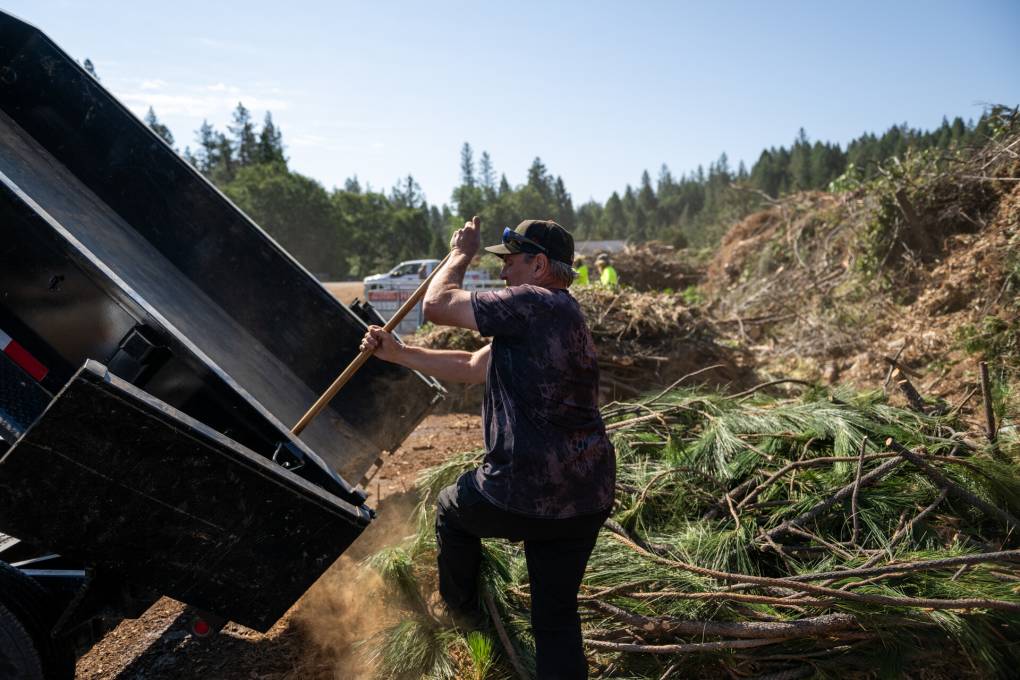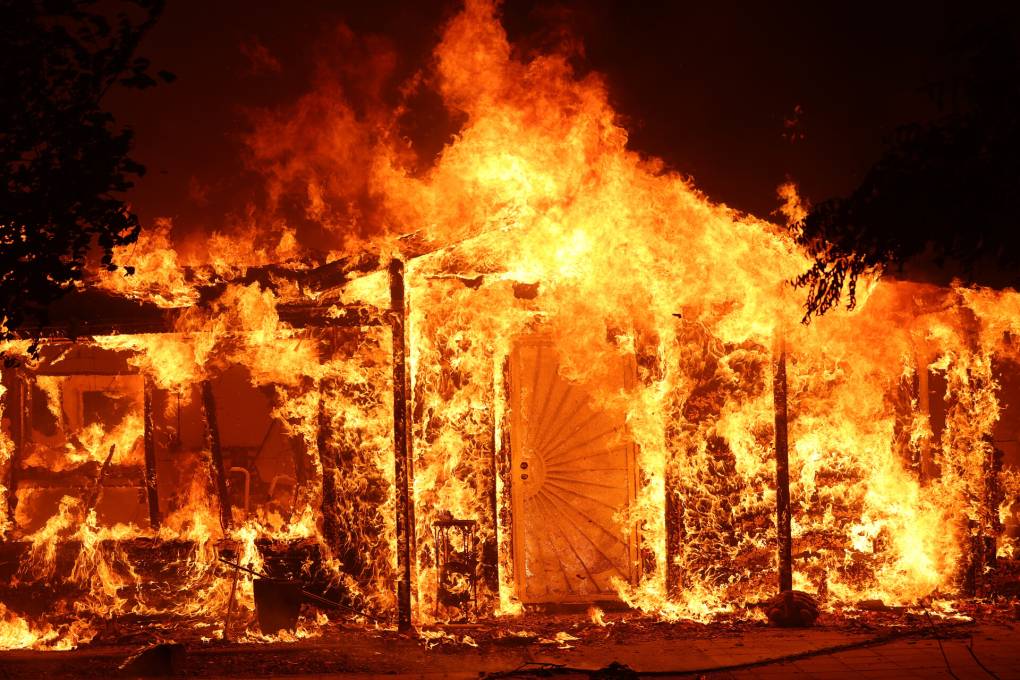Smoke from wildfires is even more toxic than previously thought, according to new research from a group of Stanford scientists.
Scientists and air regulators have long known the dangers of inhaling wildfire smoke, which can contain toxic gasses, fumes and particulate matter that can trigger asthma and heart attacks.
But this new research, published in Nature Communications, suggests wildfires can also cause the release of toxic heavy metals from the ground into the atmosphere.
KQED spoke with Stanford researcher and study co-author Scott Fendorf to learn more.
This interview has been lightly edited for clarity.


